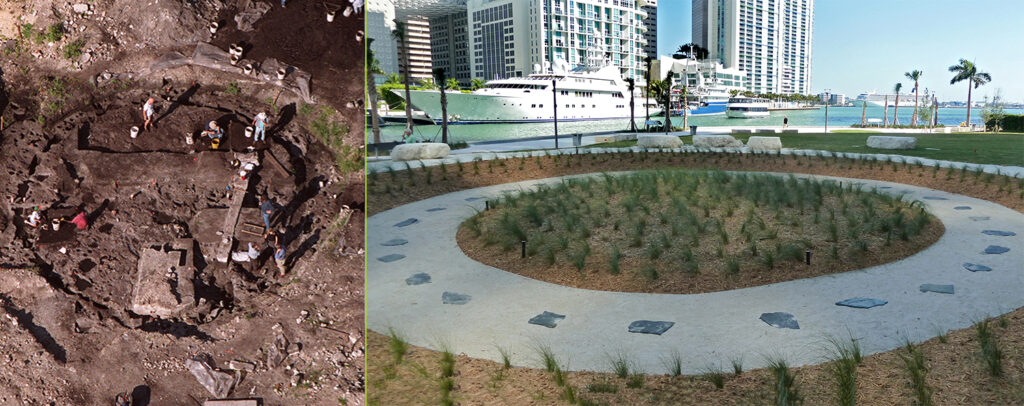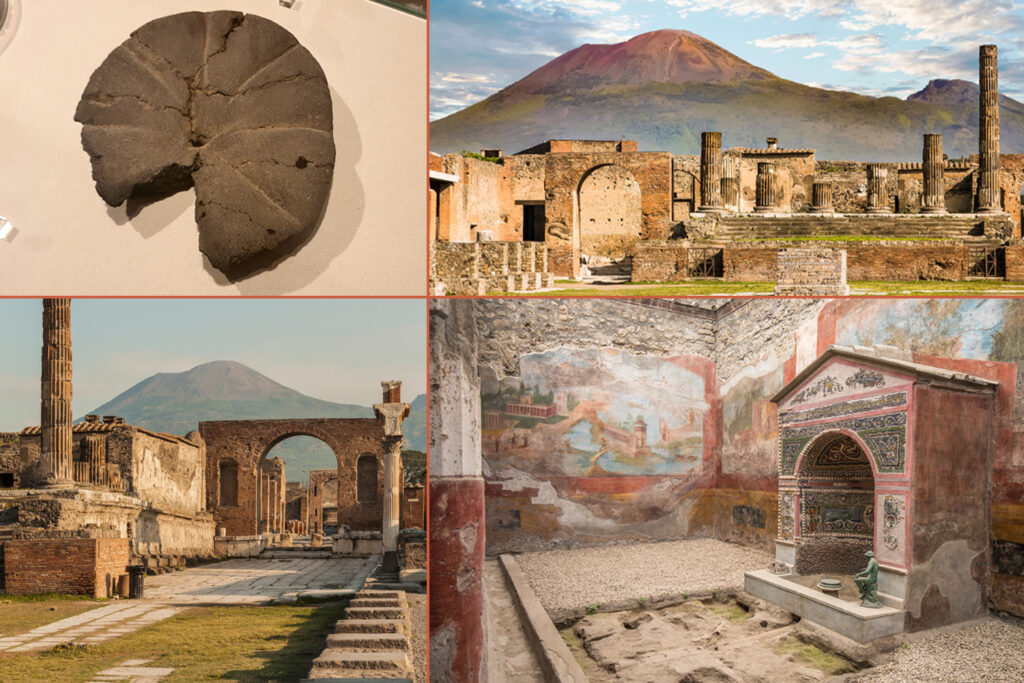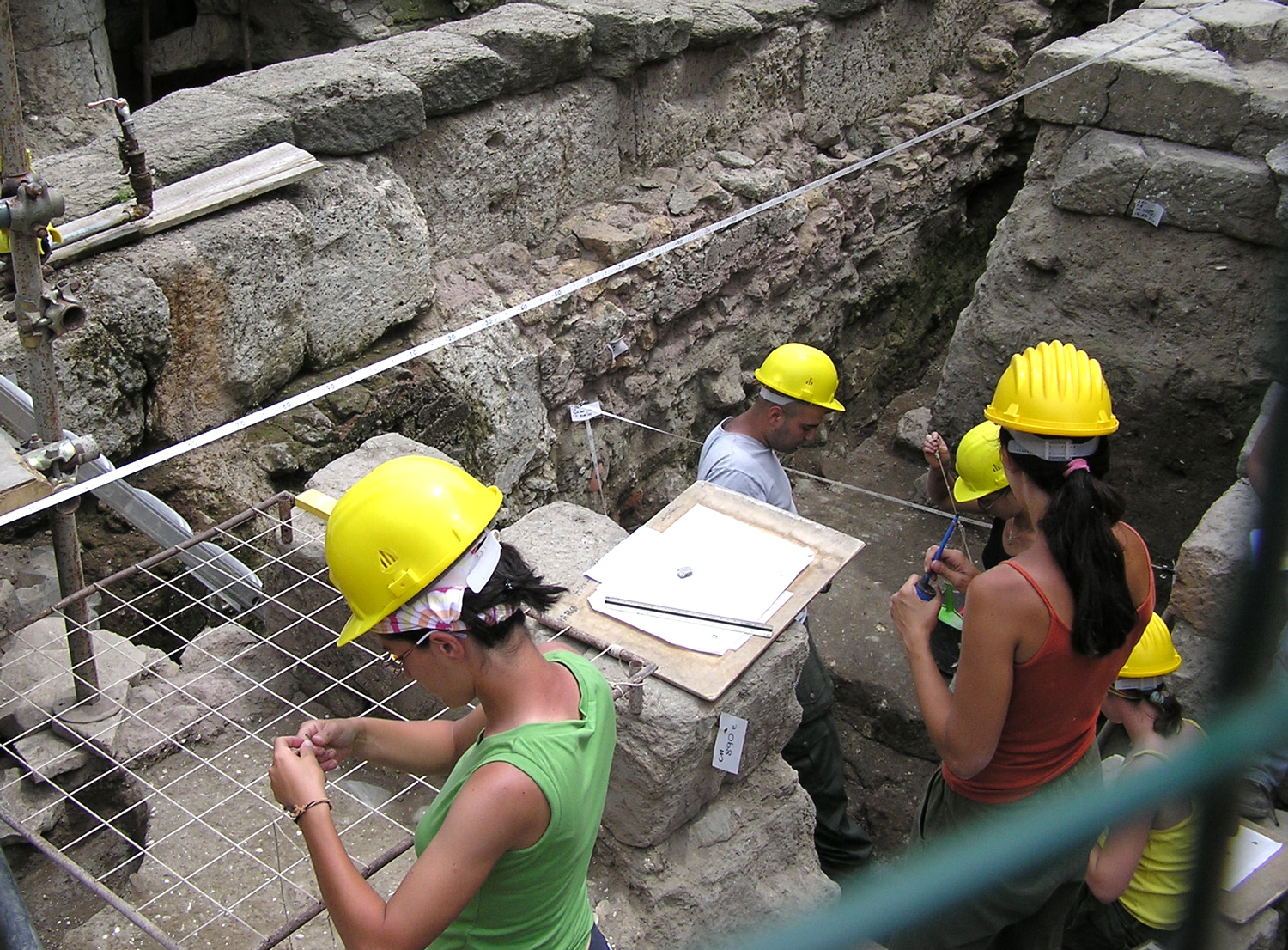An Incredible Look at the Past
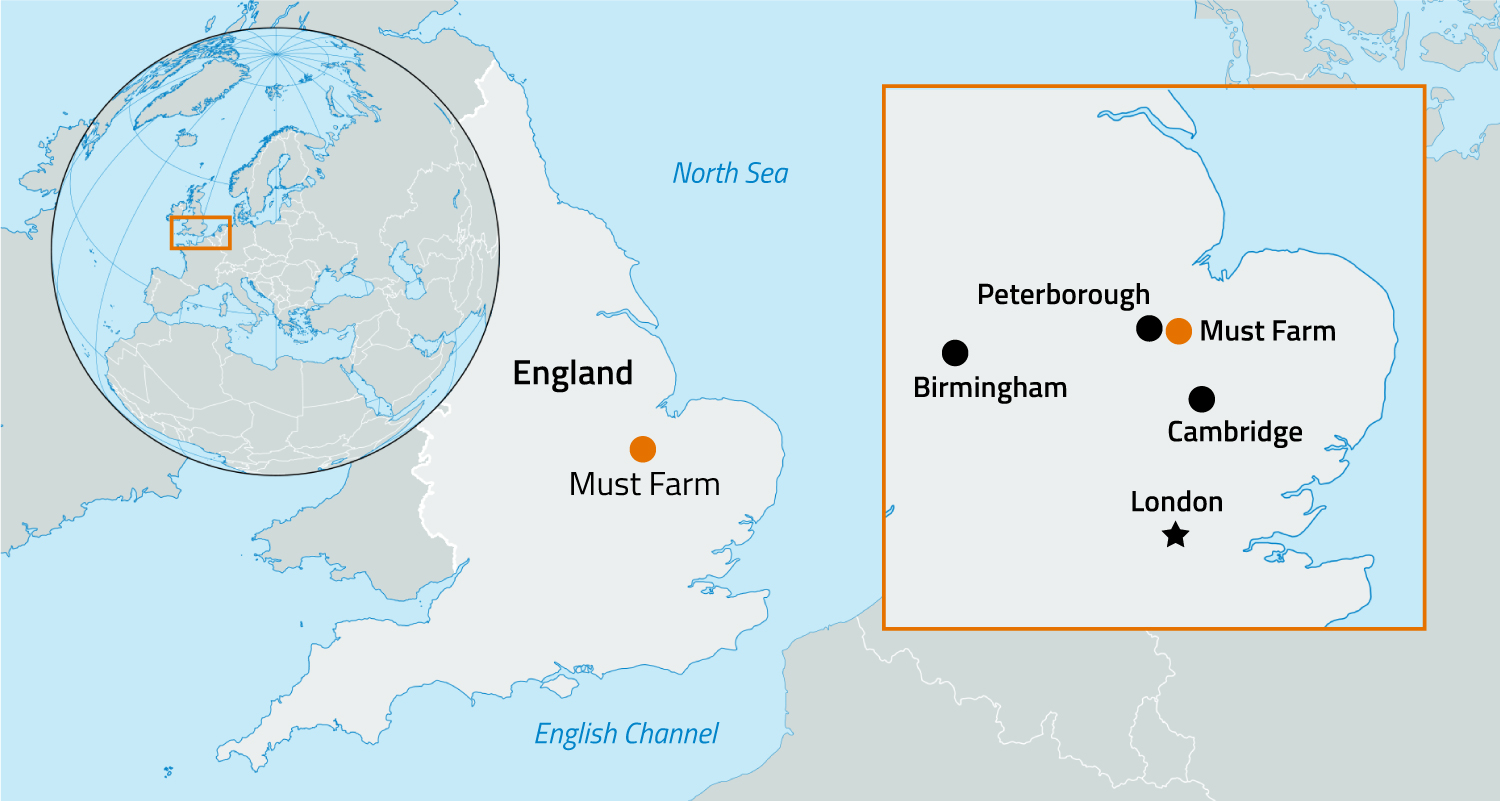
Imagine going back in time to the year 850 BCE. Researchers can’t time travel, but they’re doing the next best thing by studying the remains of an ancient village in England that’s remarkably well preserved.
Archaeologists, scientists who study human history, say that the village was abandoned more than 2,800 years ago when a huge fire broke out. Residents quickly escaped, leaving all their belongings behind. The village, now known as Must Farm, wasn’t discovered until 1999. Although its contents are burned, they’re still in remarkably good condition. That’s because the village sits on wetlands, where the level of oxygen—which breaks down materials like wood and cloth—is low.
Researchers unearthed what is left of four roundhouses that had been built with wood, straw, earth, and clay. At one time there were probably twice that many houses, and all were surrounded by a 6.5-foot (2-meter) fence. Researchers also found ceramic pots, neatly sewn linen items (possibly clothing), tools, and wooden bowls and buckets. There were clues about the villagers’ daily habits, too.
“On the bottom of [one of those buckets] were loads and loads of cut marks, so we know that people living in that…kitchen…were just flipping that bucket upside down and using that as a chopping surface,” archaeologist Chris Wakefield told CNN.
Some of the items held clues about what the people ate. One bowl had the remains of a wheat porridge with animal fat. Others, which were studied in a lab, had traces of deer meat and honey.
Researchers say it’s rare to find an ancient site that’s so well preserved.
“In a typical…site, if you’ve got a house, you’ve probably got maybe a dozen post holes in the ground and they’re just dark shadows of where it once stood,” Wakefield said. “This was the complete opposite of that process. It was just incredible.”
Click through the slideshow, which features some of the items found at Must Farm.
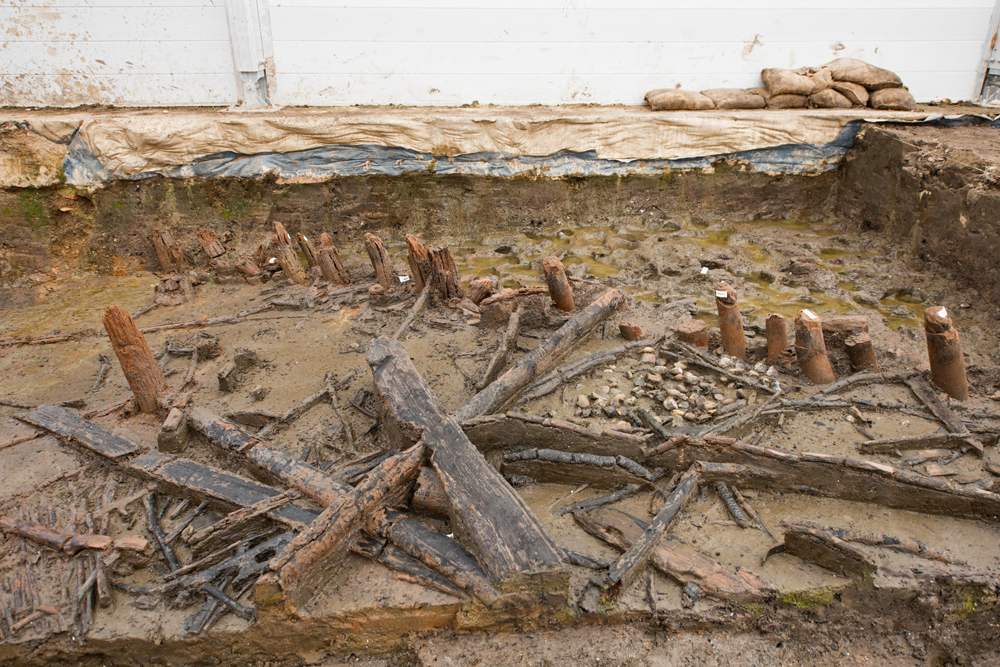
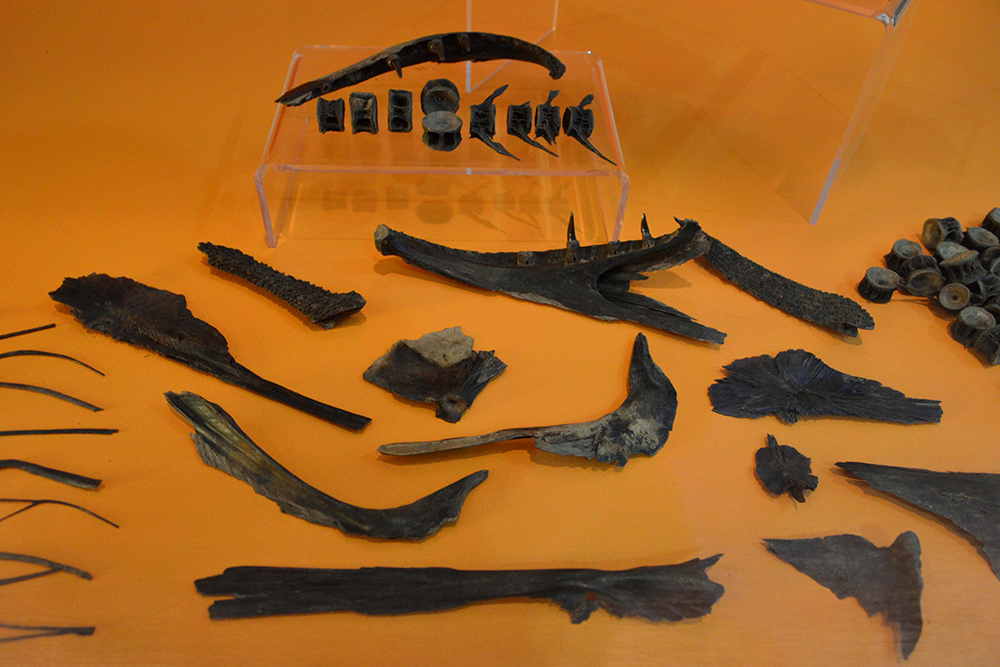
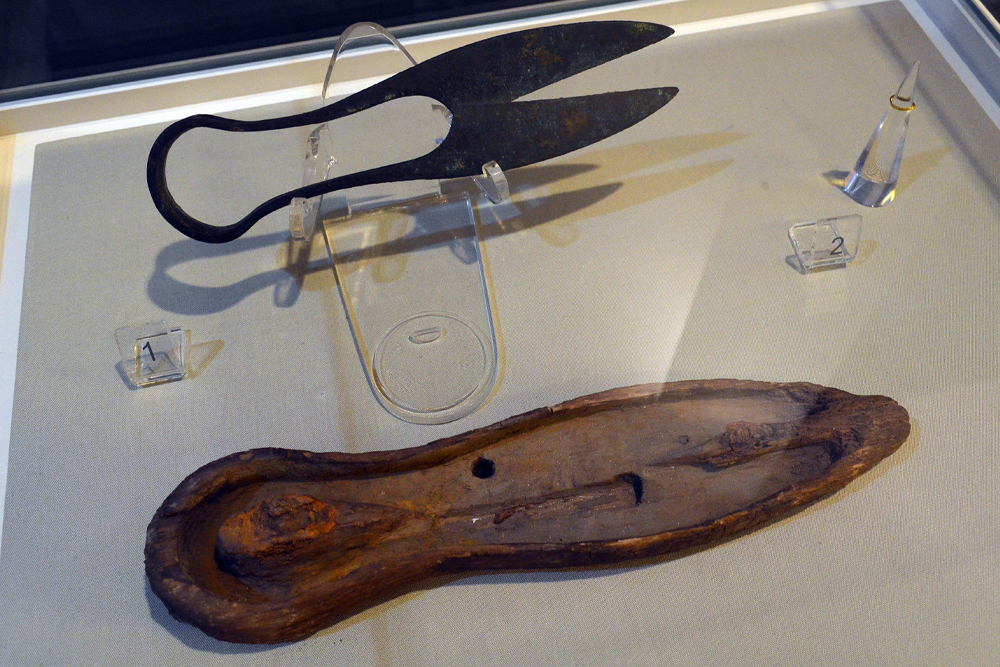
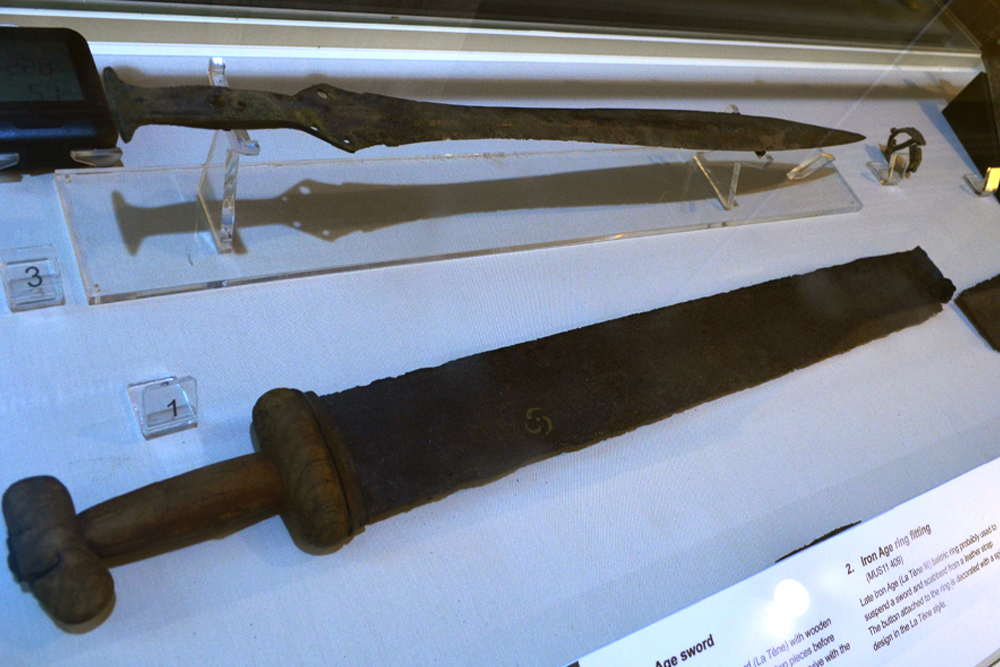
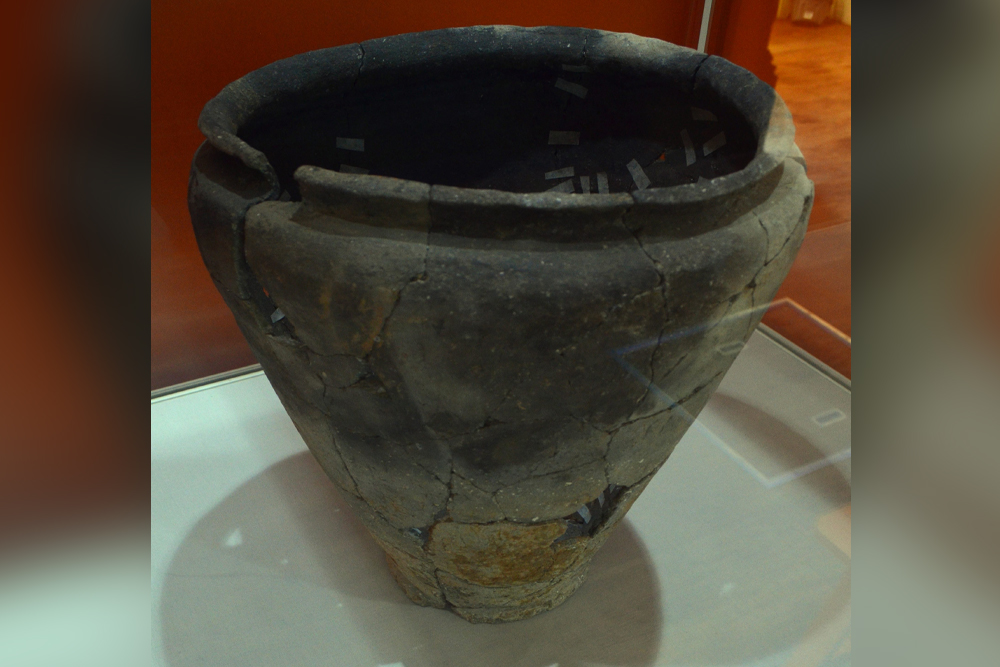
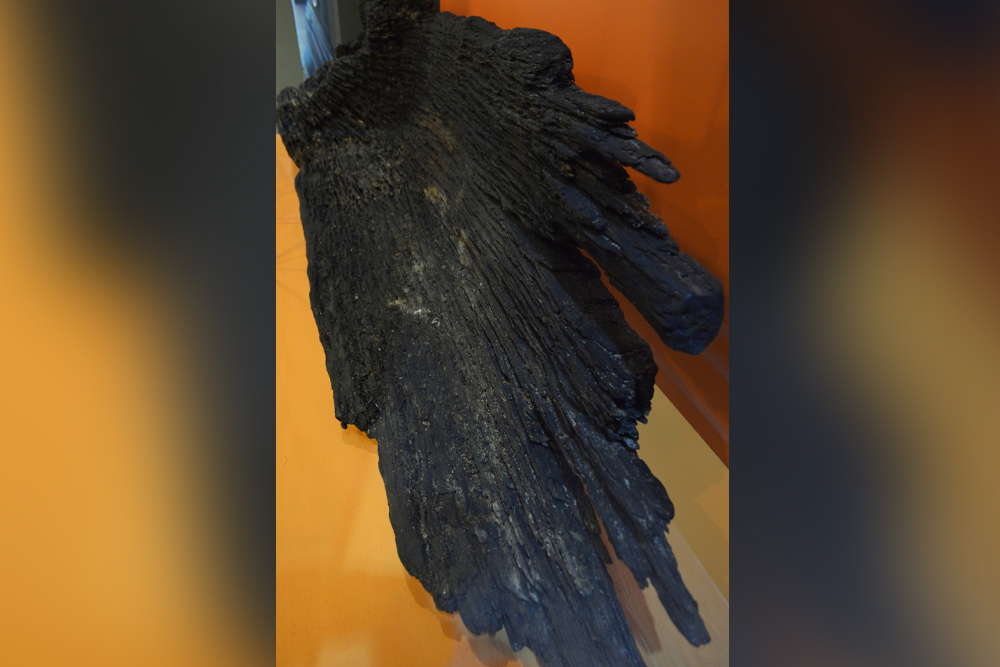
Dr. Colleen Morgan (CC BY 2.0), Cmglee (fish, shears, swords, pottery, boat) (CC BY-SA 4.0)

